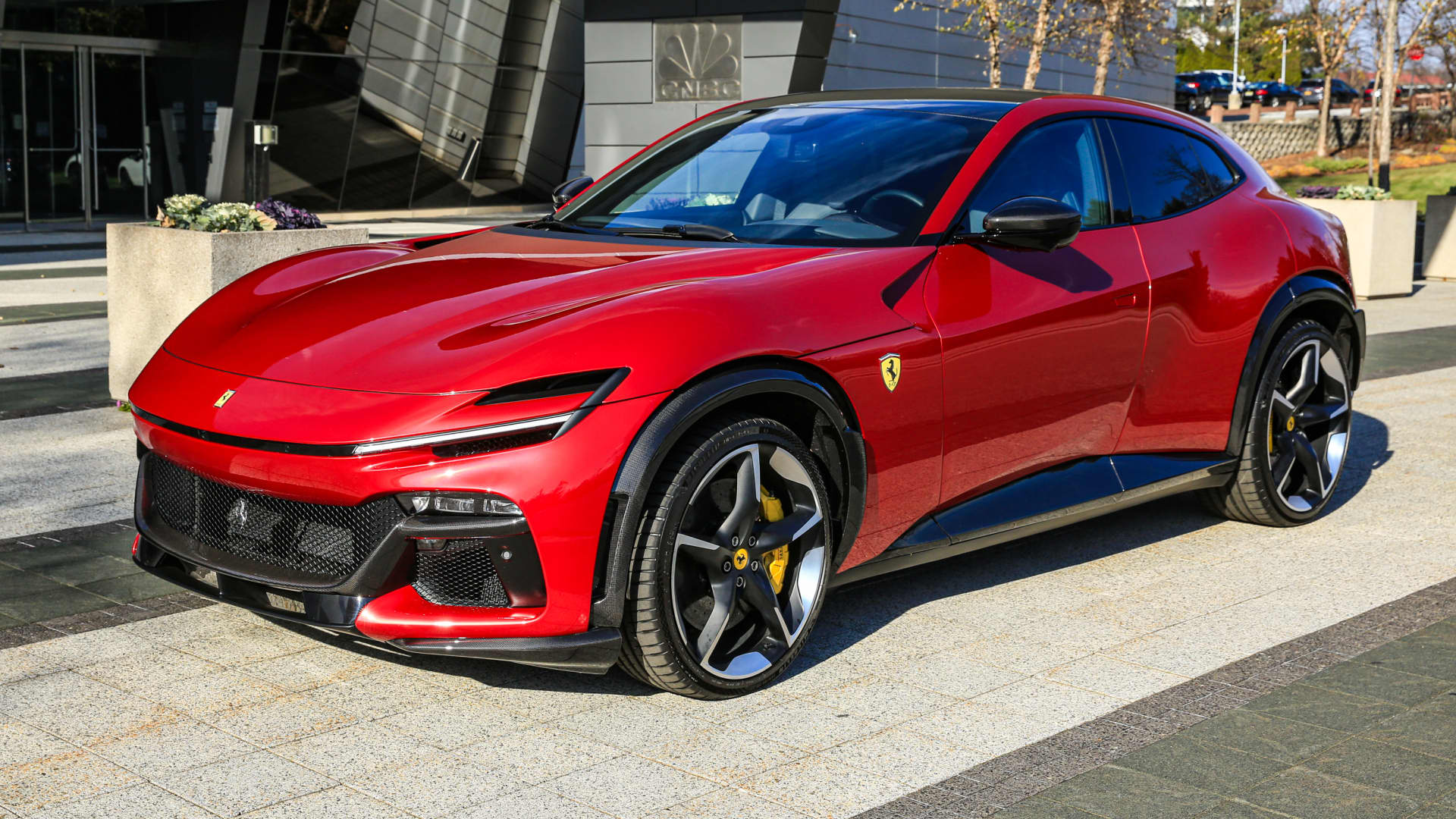Here are the five key elements behind Ferrari’s triumph as a luxury brand

In the realm of luxury, Hermès stands out as the gold standard.
While other luxury brands struggle with declining sales or slower growth, Hermès continues to achieve double-digit sales growth. Wealthy clientele, fortunate enough to acquire a coveted Birkin bag, can purchase a Birkin 25 for around $11,000 and potentially resell it the same day for over $23,000. Analysts speculate that Hermès may surpass Louis Vuitton in revenue within the next three years, becoming the world’s largest luxury brand.
This year, Ferrari has overtaken Hermès in terms of growth and brand prestige. Ferrari, for the first time, has surpassed Hermès as the most valuable luxury company worldwide, measured by stock valuation multiples that reflect growth and profit potential. Ferrari’s stock now trades at 50 times earnings, compared to 48 for Hermès and 23 for LVMH.
Ferrari’s CEO, Vigna, has been instrumental in this rise, bringing a background from the semiconductor industry to steer Ferrari towards integrating technology into their supercars and the broader luxury market. His leadership underscores Ferrari’s commitment to innovation and sustainability amid global demand for their vehicles.
During CNBC’s visit to Ferrari’s $200 million E-Building, Vigna highlighted the upcoming electric Ferrari and emphasized the company’s dedication to sustainability. However, the primary focus was on what sets Ferrari apart as a leader in luxury and the valuable lessons other companies and executives serving affluent clients can learn from its success. Here are the key insights:
1. **Scarcity and Exclusivity**: Ferrari deliberately restricts production to maintain exclusivity. Despite ample demand, securing a Ferrari remains exceptionally challenging, reinforcing its allure and exclusivity.
2. **Emotional Connection**: Ferrari prioritizes emotion in its product design and marketing. Vigna asserts that luxury isn’t about utility or mobility but rather about creating products that resonate deeply on an emotional level.
3. **Unique Pricing Strategy**: Ferrari’s pricing strategy is driven by emotion and experience rather than conventional profit margins. Prices are determined just before launch based on emotional reactions during test drives, enhancing perceived value and desirability.
4. **Building VIP Status**: Similar to brands like Rolex and Hermès, Ferrari builds loyalty through a tiered access system. Customers often start with more accessible models and progress to exclusive, limited-edition vehicles through brand engagement and loyalty.
5. **Employee Engagement**: Recognizing the importance of motivated employees, Vigna implemented initiatives like employee stock ownership, aligning their interests with company success and fostering a culture of ownership and pride.
Ferrari’s ascent to the top of the luxury market not only reflects its engineering prowess and iconic status but also its strategic mastery in catering to the emotional and aspirational desires of its clientele.






